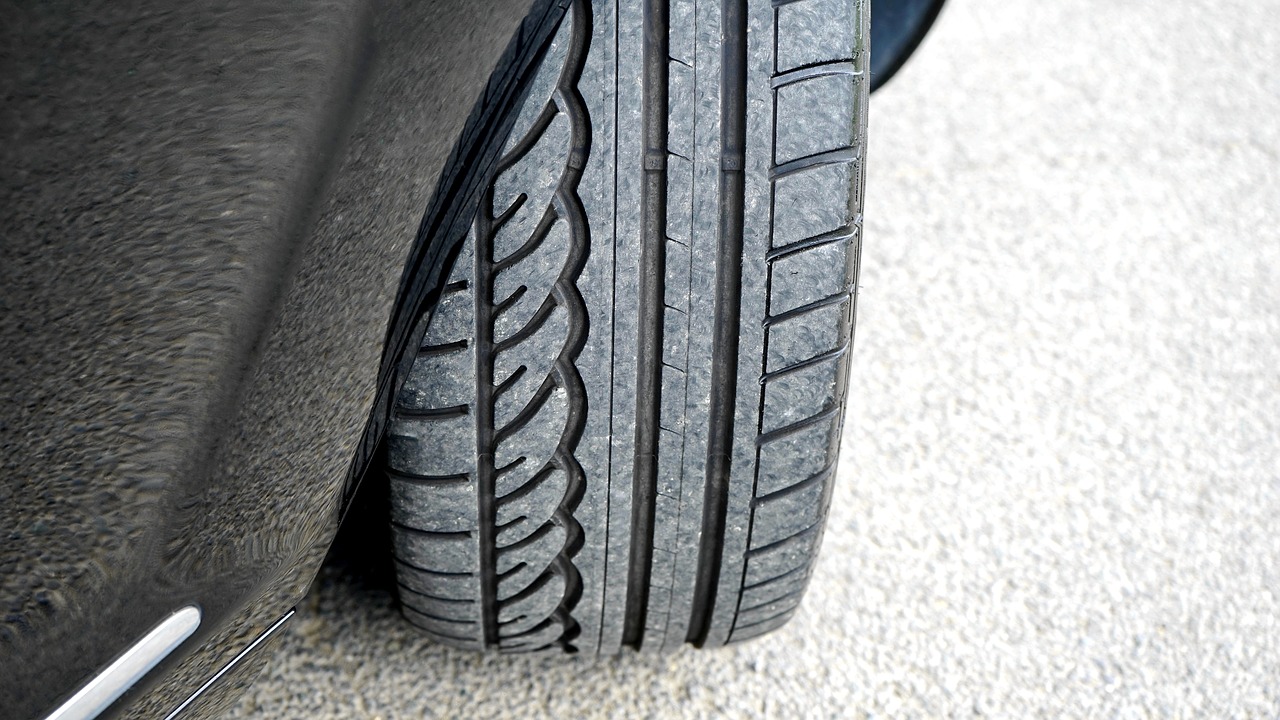The air pressure is the lifeblood of your tyres, and is the only thing about a tyre that the driver can change.

There are a few misconceptions and some outright misinformation out there about tyre pressure, and not as many drivers pay attention to their tyre pressure as they ought to.
Tyre pressure is a measure of the amount of air in the vehicle’s tyres in pounds per square-inch or newton per square-meter.
The required service involves checking the tyre pressure with a pressure gauge at least every month, if not more frequently.
And we have put together a bunch of tips and tricks you can use to maintain your tyre’s air pressure.
Contact Patch
The part of your tyres that are in constant contact with the road is only a small size of your whole tyre; but your safety, comfort and fuel economy depends on that very small area.
You should be making sure that you not only select the right tyres but also that you are regularly maintaining them to ensure they perform as expected.
It is important to properly maintain them because not only are they the only link between your vehicle and the road, but they also carry the weight of the entire car, which is over 50 times their size. And so it needs to be in top shape.
Wear & Tear
All tyres do not offer the same performances between them. When they are new, these performance differences increase as the tyres wear.
The legal minimum tread depth in the UK is 1.6 mm across the central three-quarters of the tread width and round its entire circumference. You should be checking the depth of the main tread grooves in several places across and around the tyre. If you spot any cuts or bulges, you might be better off calling a mobile tyre fitting team to replace your tyres at home or at work.
Tyre Pressure
Having the correct water pressure reduces the risk of losing control of your car. It also protects your tyres from premature wear and irreversible damage to the internal construction.
Your tyre pressure can drop due to small perforations, the natural escape of air through the tyres compartments, or even from a decrease in ambient temperatures. You should be checking the tyre pressure of your car monthly or if you can more often.
You should consider investing in a cheap gauge to store in your glove compartment for easy access.
Wheel Balancing
Balancing can help to prevent the premature wear and tear of your tyres and eliminate any vibrations. It also protects the suspension and steering system and bearings of your car.
Having your wheels balanced when you replace your tyres is a normal occurrence, but you shouldn’t have to wait till you get new tyres to balance them.
Clues that your wheels might need balancing include: uneven and rapid tread wear; vibration; stress on the front-end parts; and front-end parts wearing prematurely.

Hi Ajay,
Thank you for the article
It’s great!!!
I also have very often encountered cases about Tyre Air Pressure
Thankfully the article helped me a lot